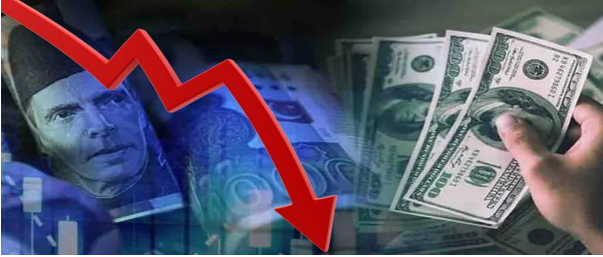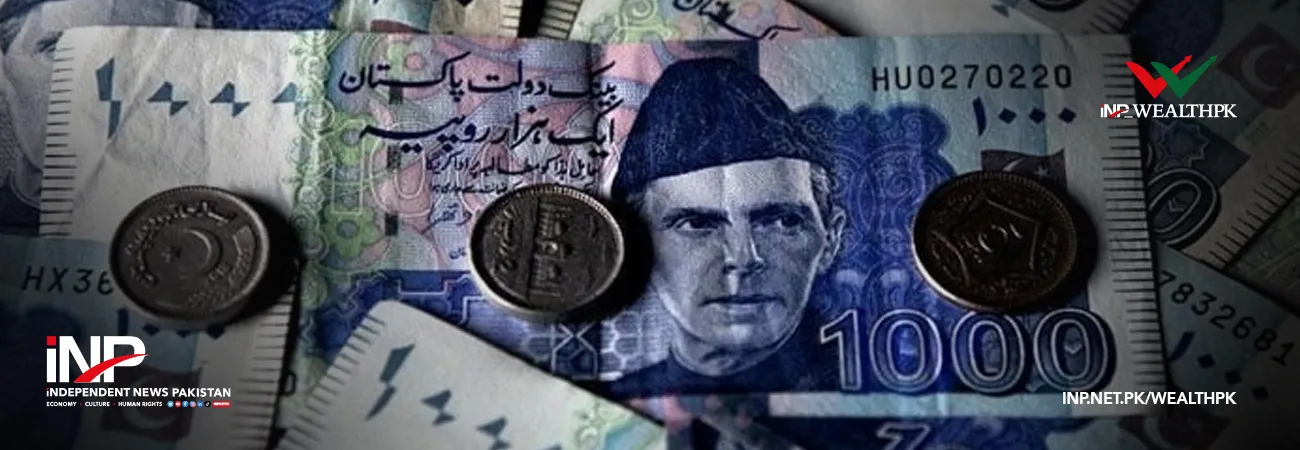i INP-WEALTHPK
Qudsia Bano
The Pakistani rupee’s continued slide against the US dollar may potentially worsen the country’s already fragile trade dynamics, experts warned.

The gradual slide of the currency rate, now approaching Rs285 per dollar, has heightened uncertainty in financial markets, with future projections indicating further pressure in the coming fiscal year. Projections for the upcoming fiscal year suggest the rupee may depreciate further, with government budget estimates placing the dollar at around Rs295. A weaker rupee increases the cost of imports, which form a significant portion of Pakistan’s trade mix, including fuel, machinery, chemicals, and essential food items.
This may lead to higher input costs for industries and more expensive goods for consumers. Although a depreciated currency can theoretically boost exports by making them cheaper in global markets, Pakistan's limited export diversification and reliance on imported raw materials may prevent exporters from fully capitalising on the exchange rate shift. Shahid Javed, a senior economist at the State Bank of Pakistan, noted that the rupee’s persistent depreciation was a signal of deeper structural issues in the economy.
He said that the falling currency might add pressure on the trade balance as the cost of imports increased and inflation became harder to control. He added that unless Pakistan broadened its industrial base and reduced dependence on foreign goods, the economy might remain vulnerable to external shocks. Fatima Rauf, a senior research analyst at the Pakistan Institute of Development Economics, explained that small and medium-sized businesses that rely on imported inputs are particularly exposed to currency volatility.
She said that with an unstable exchange rate, it becomes difficult for firms to plan production and pricing, which may reduce their competitiveness in both domestic and international markets. She also highlighted that the rising cost of living might reduce consumer spending power and hurt overall economic activity. The government has introduced policy measures such as tighter fiscal controls and interest rate adjustments to restore macroeconomic stability.
However, experts believe that these steps may not be enough without broader reforms aimed at reducing the fiscal deficit, improving export competitiveness, and attracting long-term investment. As Pakistan prepares its budget for the next fiscal year, economic managers face a difficult task. The depreciating rupee, coupled with external debt obligations and slow revenue growth, may leave little room for expansive policy. If the current trend continues, Pakistan may face tougher trade conditions and mounting inflationary pressures in the months ahead.
Credit: INP-WealthPk









